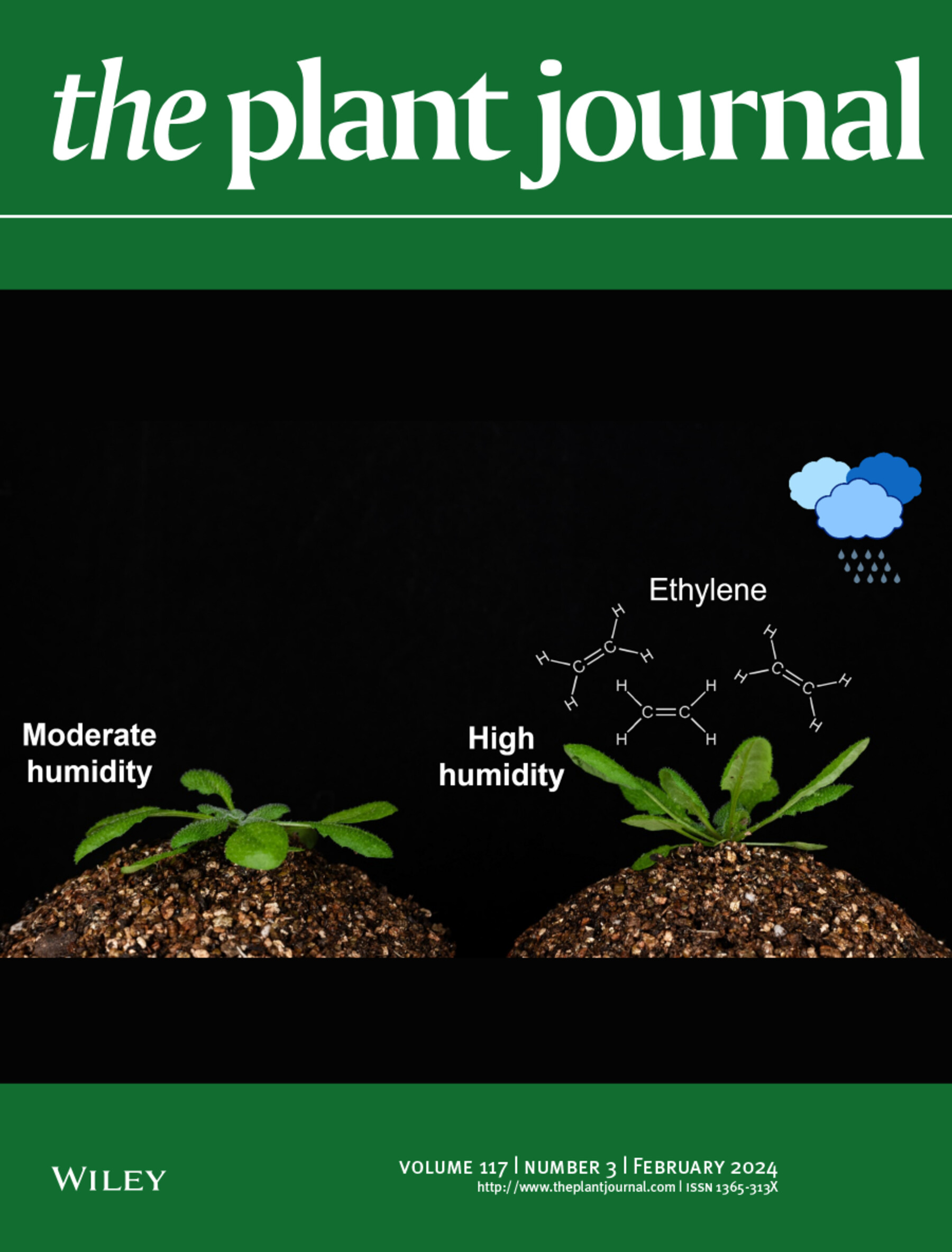RICE LONG GRAIN 3 delays dark-induced senescence by downregulating abscisic acid signaling and upregulating reactive oxygen species scavenging activity
Abstract
Leaf senescence is a complex developmental process influenced by abscisic acid (ABA) and reactive oxygen species (ROS), both of which increase during senescence. Understanding the regulatory mechanisms of leaf senescence can provide insights into enhancing crop yield and stress tolerance. In this study, we aimed to elucidate the role and mechanisms of rice (Oryza sativa) LONG GRAIN 3 (OsLG3), an APETALA2/ETHYLENE RESPONSIVE FACTOR (AP2/ERF) transcription factor, in orchestrating dark-induced leaf senescence. The transcript levels of OsLG3 gradually increased during dark-induced and natural senescence. Transgenic plants overexpressing OsLG3 exhibited delayed senescence, whereas CRISPR/Cas9-mediated oslg3 mutants exhibited accelerated leaf senescence. OsLG3 overexpression suppressed senescence-induced ABA signaling by downregulating OsABF4 (an ABA-signaling-related gene) and reduced ROS accumulation by enhancing catalase activity through upregulation of OsCATC. In vivo and in vitro binding assays demonstrated that OsLG3 downregulated OsABF4 and upregulated OsCATC by binding directly to their promoter regions. These results demonstrate the critical role of OsLG3 in fine-tuning leaf senescence progression by suppressing ABA-mediated signaling while simultaneously activating ROS-scavenging mechanisms. These findings suggest that OsLG3 could be targeted to enhance crop resilience and longevity.

 求助内容:
求助内容: 应助结果提醒方式:
应助结果提醒方式:


